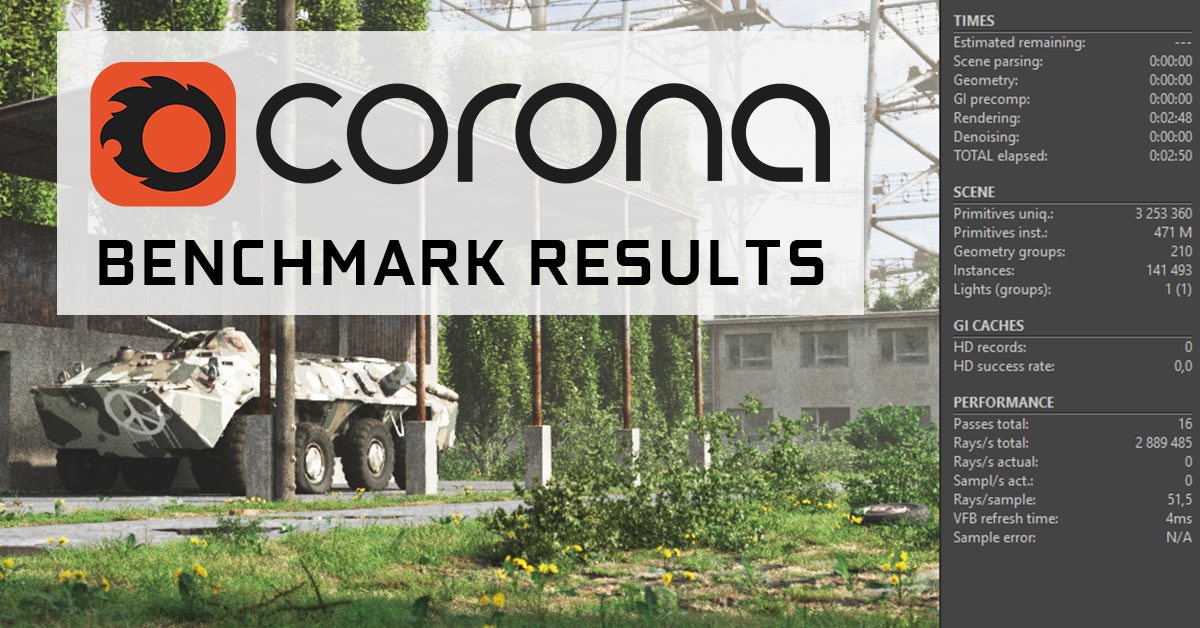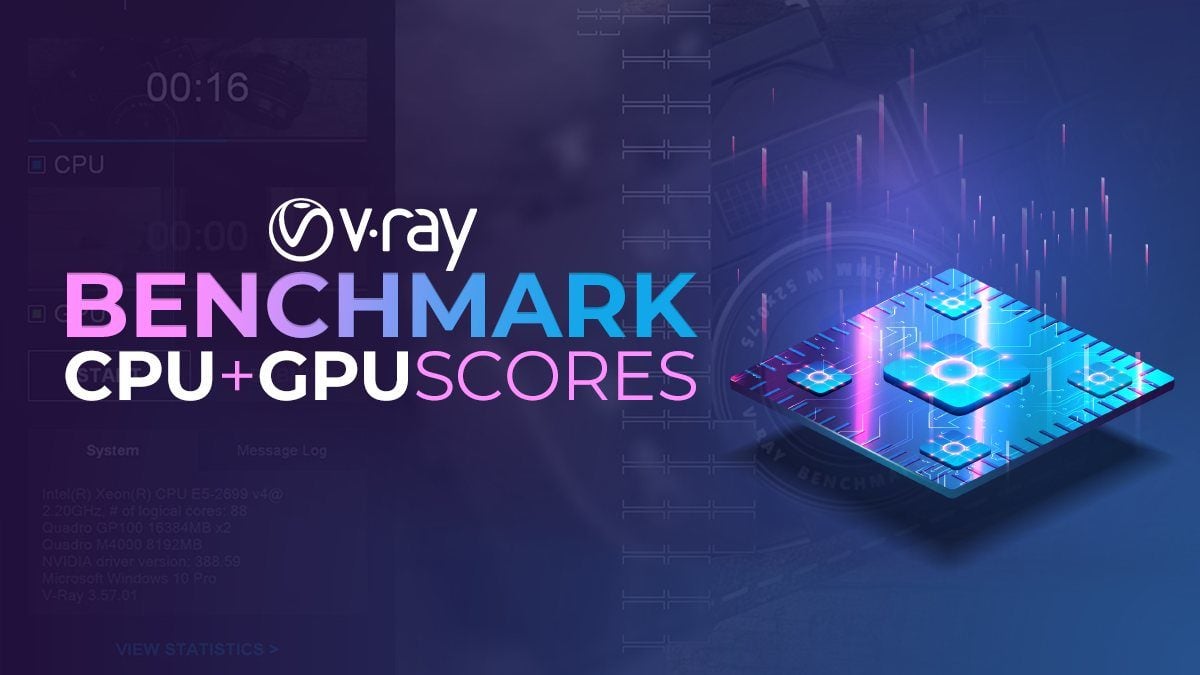

Each data set published on the platform will adhere to our Open Data principles, and its collection will be clearly communicated.

For example, information about Blender downloads, telemetry information, etc. While hosting Blender Benchmark results will be the initial purpose of the Open Data portal, we plan to host other data sets in the future. The data hosted on the website is available under Public Domain, it is updated in near-realtime after every benchmark and it is easily processable and well documented.

In order to visualize, share and explore the data, we’ve built. No other personal information is collected. Currently this information is removed by default. In order to provide control over the data that is shared online, the benchmark result is first associated with the Blender ID of the user, and uploaded on, where the user will be able to redact and anonymize the parts containing personal information (Blender ID username and hostname). After that, the user will be able to share the result online on the Blender Open Data platform, or to save the data locally. The benchmark will gather information about the system, such as operating system, RAM, graphics cards, CPU model, as well as information about the performance of the system during the execution of the benchmark. Users download the Benchmark Client and run one of the two benchmarks (‘quick’ or ‘complete’). We believe this is the best way to invite the Blender community to contribute the results of their performance tests, and create a world-class Open Dataset for the entire CG industry. We only use free and open source software (GNU GPL), the testing content is public domain (CC0), and the test results are being shared anonymized as public domain data – free for anyone to download and to process further. We’ve built the Blender Benchmark platform with maximum focus on transparency and privacy. The benchmark consists of two parts: a downloadable package which runs Blender and renders on several production files, and the Open Data portal on, where the results will be (optionally) uploaded. With this benchmark we aim at an optimal comparison between system hardware and installations, and to assist developers to track performance during Blender development. Today we present the Blender Benchmark, a new platform to collect and display the results of hardware and software performance tests.


 0 kommentar(er)
0 kommentar(er)
